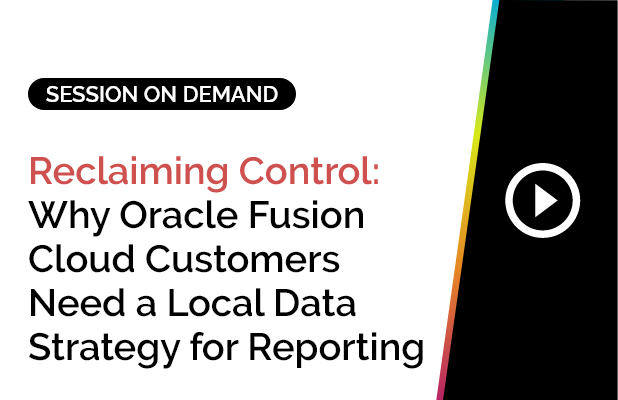ART OF STORYTELLING
“The universe is made of stories, not of molecules,” writer Muriel Rukeyser broadly said.
Storytelling in simple context can be referred to as the connection between cause and effect, and narratively it can help us to make sense of the world around us. Business people leverage the art of storytelling to inspire and engage teams, fascinate customers, and gain attention from potential investors. Stories have existed since some time before recorded history; however, the need to hear stories hasn’t changed, nor has the longing to relate stories.
WHY IS STORYTELLING SO IMPORTANT?
The possibility of narrating is interesting; to take a thought or an episode, and transform it into a story. It breathes life into the thought and makes it all the more intriguing. This occurs in our everyday life. Regardless of whether we portray an entertaining occurrence or our discoveries, stories have dependably been the “go-to” to draw enthusiasm from audience members and readers alike.
Stories, likewise at any point known to anybody, can start feelings, regardless of whether it’s fulfillment, sensitivity, trust or shock. While listening to a certain story, the language-processing parts of our brain get activated, but also in addition with those, the experiential parts of our brain come alive too- fundamentally our brain is more engaged when listening to stories.
Stories help to concrete the obligation of association through which we people are associated at this present day. Stories enable us to assemble trust among our associates or partners, they enable us to learn new things, on the grounds that portraying a story requires examining about the experiences of the item nitty-gritty that will be passed on, and this positively encourages us to get associated with similarly invested individuals. In any case, it’s hard to know how to weave in a decent story, isn’t that so?
WHAT REALLY MAKES A GOOD STORY?
You most likely have perused a couple of books in your lifetime or a news story here and there.. So, what do these have in common? All things considered, they have a beginning, middle, and end.
When you start reading a specific novel or news story, the characters (or the subject) are, for the most part, in a totally different place than when they started. The plot weaves us along the path that the characters must walk, all the emotions they must feel, and challenges they must overcome.
There’s a craftsmanship to extraordinary narrating. Often, individuals imagine themselves in the story and keep the end goal in mind to have the better comprehension of the substance. You have to draw the intrigue of the general population with the goal of maintaining their attention until the end of the story. Narrating your story isn’t simply a case of saying, “I did this, at that point this, the end.” The story ought to have a climax and an ending which listeners are pulling for. You must tell a tale of tension that attracts individuals and keeps them drawn in and needing more.
To improve your story:
– Do a little research on the subject you’re going to tell your story on. Change the critical issues; chop them down to get the most valuable substance in your grasp. This will enable you to connect with a superior number of listeners.
– Keep your stories easy to comprehend by the general population.
– Take time detailing the climax. A good climax will compel individuals to pay attention until the story’s ending.
– Be unique.
ROLE OF STORYTELLING IN BUSINESS INTELLIGENCE
In the market, where comparable products are sold by various associations, the power of storytelling is the secret ingredient that can set your business apart from the rest. Storytelling is the most straightforward approach to get individuals mindful of your product’s points of interest, and the way they recall it. Brand narrating isn’t new; associations have used publicizing to evoke emotions through storytelling for a long time.
Promoting groups realize that powerful narrating improves brand recall and breaks down boundaries to sales. Additionally, it’s transforming into a compelling strategy to pass on data and information in business understanding exercises on the grounds that everybody likes a decent story.
For good BI narrating, the following components should be considered:
– Should be an exceptionally dense story with a beginning, middle(fundamental substance) and end (the conclusion) that is applicable to the audience members.
– Incorporate an amazing component, something that stuns the audience members and shakes up their model of reality
– Inform and furthermore persuade the audience members to make a move or need to know more.
So, how do you create stories?
The first step to selling your ideas is with a strong plot. Most people fail to think their stories through and cannot differentiate themselves from mediocrity.
-
Start with a pen-and-paper approach:
Scripting down your ideas and stream of thought before you start organizing your story is fantastically fundamental. The most indispensable issue you’ll undertake to significantly enhance your investigation is to claim a magnificent story of illumination.
Outwardly sharing showcases can motivate your group of onlookers. In any case, they need a great deal of work to be put in. Subsequently, you need to hash out the structure of your story, including plots and outlines. These can offer you an enhanced comprehension of your insight.
-
Recognize the sole reason for your story:
– Identify what the idea of the story is. You might want to ask yourself, “What am I really trying to say?” It’s important to remember your message. This helps you avoid getting side-tracked.
– Develop an “energy articulation”. In one sentence, you have to explain why you’re truly eager to tell your story. Enthusiasm is recalled for a long time. Often people remember how you made them feel, over what you said.
-
Design a Road-Map:
– Create a rundown of all the key focuses you need your audience to think about.
– Categorize the rundown until the point you are left with is just three noteworthy message focuses. This will give you the verbal guide to your story.
– Under each of your three key messages, add supporting confirmations to improve the message. These could include individual stories, certainties, cases, analogies and so forth.
-
Conclude with brevity:
Since you have advanced all purposes of your story, your conclusion ought to be short and sweet.
Getting Started With Story Telling
To learn more about using how to tell your story and help your company connect quickly and effectively to your audience, contact SplashBI at stag9.splashbi.com or by calling +1 678-248-5756.













